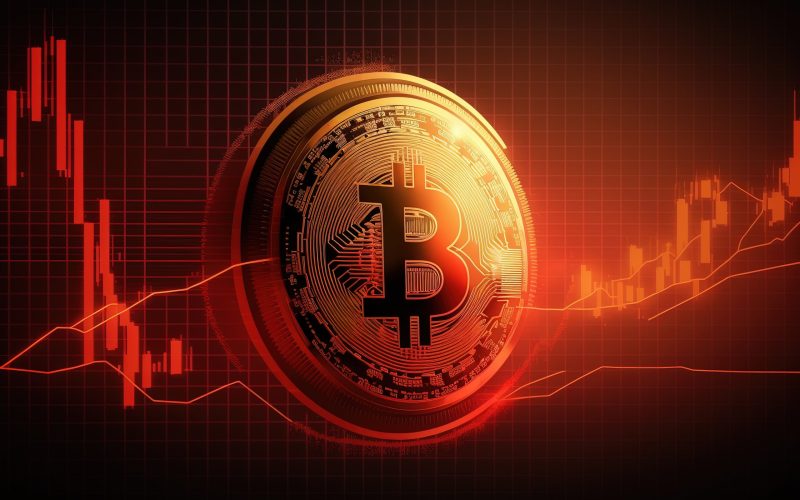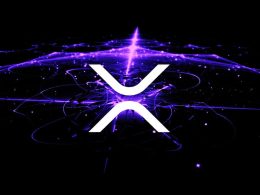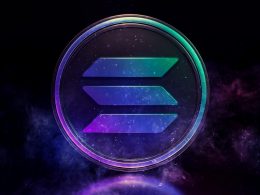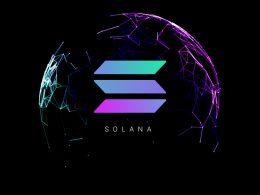The world of Decentralized Finance (DeFi) has exploded in recent years, with blockchain technologies enabling a new financial system that operates outside the control of traditional banks and intermediaries. At the center of this revolution are two major blockchains—Ethereum and Solana—each playing a unique role in the DeFi space. While Ethereum has long been the dominant force in DeFi, Solana is quickly emerging as a powerful alternative with its own set of advantages.
In this post, we’ll explore the differences between Ethereum and Solana, why both are critical to the crypto ecosystem, and how their distinct roles are shaping the future of DeFi. By understanding the strengths and limitations of each blockchain, investors and developers can better navigate the growing DeFi landscape and position themselves for long-term success.
Ethereum: The Pioneer of DeFi and Smart Contracts
Ethereum, launched in 2015, is the first blockchain to introduce smart contracts, programmable agreements that execute automatically when predefined conditions are met. This innovation paved the way for the development of Decentralized Finance (DeFi), allowing for the creation of decentralized applications (dApps) that could operate without the need for traditional financial intermediaries.
Ethereum’s role in DeFi is foundational, and it remains the largest and most established blockchain for DeFi applications.
- Smart Contracts: Ethereum’s smart contract capability allows developers to build a wide range of DeFi protocols, from lending platforms like Aave and Compound to decentralized exchanges (DEXs) like Uniswap. This flexibility has made Ethereum the go-to blockchain for DeFi innovation.
- Liquidity and Ecosystem: Ethereum boasts the largest DeFi ecosystem in the world, with billions of dollars in total value locked (TVL) across thousands of dApps. Its network effects provide deep liquidity, enabling users to swap, lend, borrow, and earn yields in a highly liquid market.
- Security: Ethereum’s decentralized nature and vast number of nodes contribute to its security. With thousands of participants securing the network, Ethereum is seen as one of the most secure blockchains for DeFi applications.
However, Ethereum’s dominance has come with some significant trade-offs, most notably its scalability and high gas fees. During periods of high demand, Ethereum’s network becomes congested, leading to exorbitant transaction fees and slow transaction times. This has left room for other blockchains, like Solana, to offer more scalable solutions for DeFi users.
Solana: The Fast, Low-Cost Challenger
While Ethereum remains the leader in DeFi, Solana has emerged as a strong contender, offering solutions to some of Ethereum’s most significant limitations. Launched in 2020, Solana was designed to address the issues of scalability and transaction costs, making it an attractive option for DeFi developers and users alike.
Solana’s role in DeFi is focused on providing speed, scalability, and low costs, making it a compelling alternative to Ethereum for certain types of applications.
- High Throughput: Solana can process up to 65,000 transactions per second (TPS), far outpacing Ethereum’s 15-30 TPS. This high throughput makes Solana ideal for DeFi applications that require high-speed transactions, such as decentralized exchanges (DEXs) and high-frequency trading protocols.
- Low Fees: One of the most significant advantages of Solana is its low transaction fees. Unlike Ethereum, where gas fees can reach hundreds of dollars during periods of congestion, Solana’s fees are typically less than a penny, making it far more accessible to small-scale DeFi users.
- Scalability Without Layer 2: While Ethereum relies on Layer 2 solutions like Polygon and Optimism to scale, Solana is designed to scale natively. Its unique Proof of History (PoH) consensus mechanism, combined with Proof of Stake (PoS), allows Solana to maintain fast transaction speeds and low fees without the need for additional layers.
Solana’s high throughput and low costs have made it a popular choice for new DeFi projects, many of which are looking to capitalize on its efficiency. However, Solana’s rapid growth has also led to some centralization concerns, as the network’s relatively low number of validators could make it more vulnerable to attacks or failures.
Comparing DeFi Ecosystems: Ethereum vs. Solana
While both Ethereum and Solana play key roles in DeFi, their ecosystems differ in terms of liquidity, user base, and types of applications they support.
Ethereum’s DeFi Ecosystem:
- Liquidity: Ethereum’s DeFi ecosystem is home to the largest pools of liquidity, making it the preferred blockchain for large-scale financial operations, such as institutional lending or high-volume trading.
- Developer Community: Ethereum has a large and well-established developer community, which has created thousands of dApps and protocols over the years. This depth of innovation continues to attract both developers and users to the Ethereum ecosystem.
- Yield Farming and Staking: Ethereum-based DeFi platforms have popularized yield farming and staking, where users can earn rewards by providing liquidity or locking up assets. Platforms like Curve Finance, Yearn Finance, and SushiSwap offer opportunities for users to earn yields through these mechanisms.
- Interoperability: With so many dApps built on Ethereum, there is a high level of interoperability between different protocols. Users can easily move assets between platforms, increasing the overall efficiency of the ecosystem.
However, Ethereum’s high fees have driven some users and developers to seek alternatives, especially for smaller transactions or new projects that require fast, low-cost execution.
Solana’s DeFi Ecosystem:
- Speed and Affordability: Solana’s DeFi ecosystem is designed to provide high-speed, low-cost transactions, making it ideal for applications that require rapid execution. For instance, Serum, a decentralized exchange built on Solana, leverages Solana’s speed to offer real-time trading and low slippage for users.
- Expanding Ecosystem: While Solana’s DeFi ecosystem is smaller than Ethereum’s, it’s growing rapidly. Protocols like Raydium and Orca offer users access to decentralized exchanges, yield farming, and staking with minimal transaction fees.
- Accessibility for Retail Users: Solana’s low fees make it accessible to retail users who may be priced out of Ethereum’s ecosystem. This inclusivity is driving a new wave of DeFi adoption, as smaller investors are drawn to Solana’s affordable options.
- NFTs and DeFi Integration: Solana’s ecosystem is also heavily focused on NFTs and integrating them with DeFi protocols. Projects like SolSea and Magic Eden are pioneering the intersection of NFTs and DeFi, where users can stake, trade, and borrow against their NFTs in a fast and low-cost environment.
Despite its advantages, Solana’s ecosystem is still in its early stages, and its smaller size means that it lacks the liquidity depth of Ethereum’s DeFi platforms. Additionally, Solana has faced network outages in the past, raising concerns about its reliability.
The Importance of Both Blockchains in the DeFi Ecosystem
Rather than viewing Ethereum and Solana as competitors, it’s essential to recognize that both blockchains play complementary roles in the DeFi ecosystem. Each offers unique advantages that contribute to the growth and diversity of the decentralized financial landscape.
- Ethereum remains the backbone of DeFi, offering security, liquidity, and a massive user base. Its established protocols and strong developer community ensure that Ethereum will continue to lead in areas like institutional DeFi and high-value applications.
- Solana, on the other hand, brings scalability and affordability to the table, making it a critical player in retail DeFi, where users need fast, low-cost solutions. As more users flock to DeFi, Solana’s role in supporting smaller transactions and emerging protocols will be crucial to onboarding the next generation of DeFi users.
Both blockchains are vital to the overall health of the crypto ecosystem, offering a range of options for developers, users, and investors. Together, they enable a broader spectrum of financial applications, from large-scale institutional lending on Ethereum to rapid, affordable trading on Solana.
Ethereum and Solana—Two Pillars of the DeFi Future
Ethereum and Solana each have a unique role in the DeFi ecosystem, and both are essential to the continued growth of decentralized finance. Ethereum’s robust ecosystem and liquidity make it the go-to choice for high-value applications, while Solana’s speed and low costs position it as the blockchain of choice for retail users and emerging projects.
As the DeFi space continues to expand, the coexistence of multiple blockchains, each with its own strengths and use cases, will be key to creating a truly decentralized, global financial system. Rather than viewing Ethereum and Solana as competitors, it’s time to recognize them as two pillars supporting the future of finance.
For developers, users, and investors alike, the decision to build or invest in Ethereum or Solana should depend on the specific needs of the application or use case. With both blockchains evolving rapidly, the future of DeFi is more promising—and more diverse—than ever.








